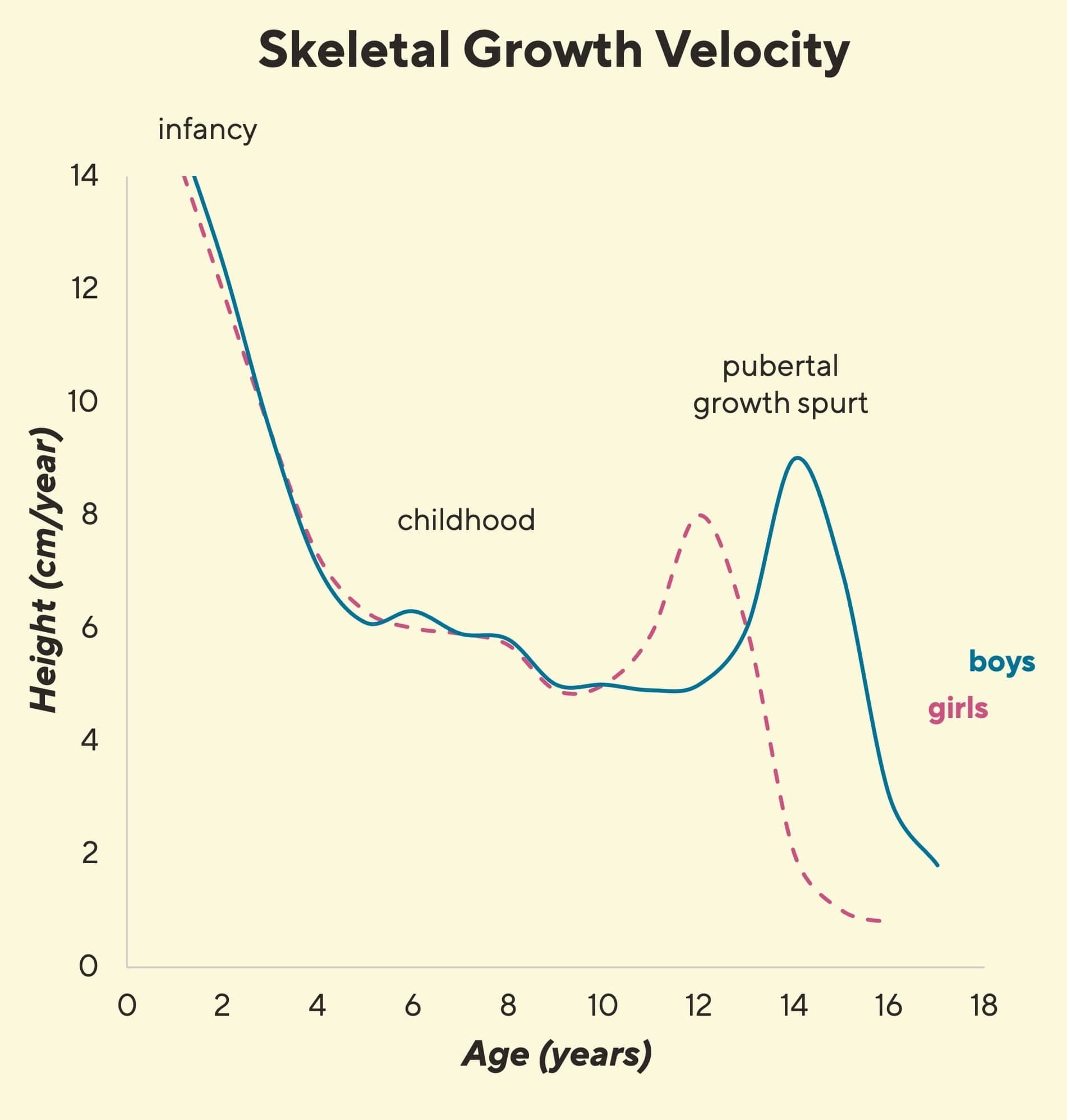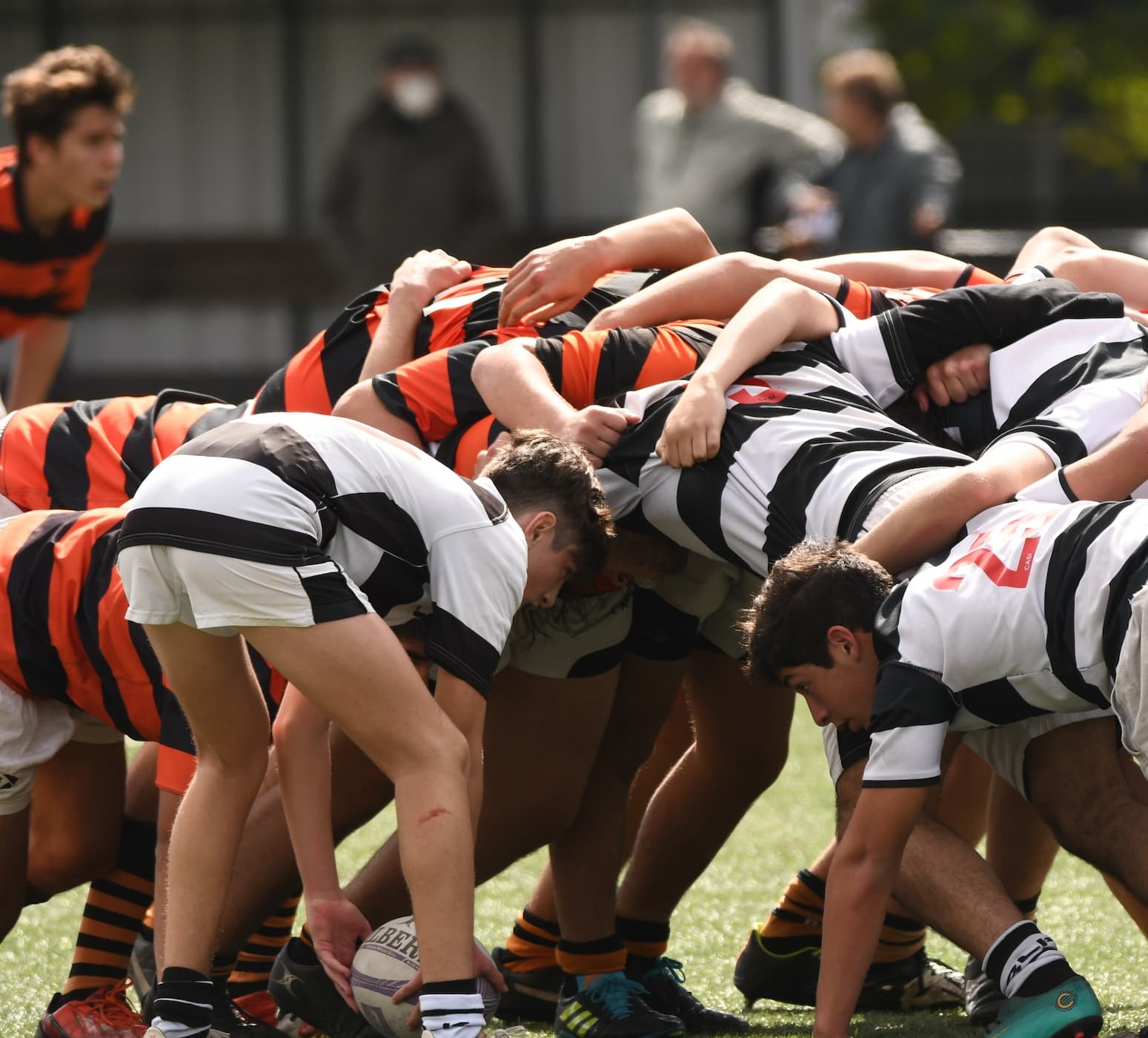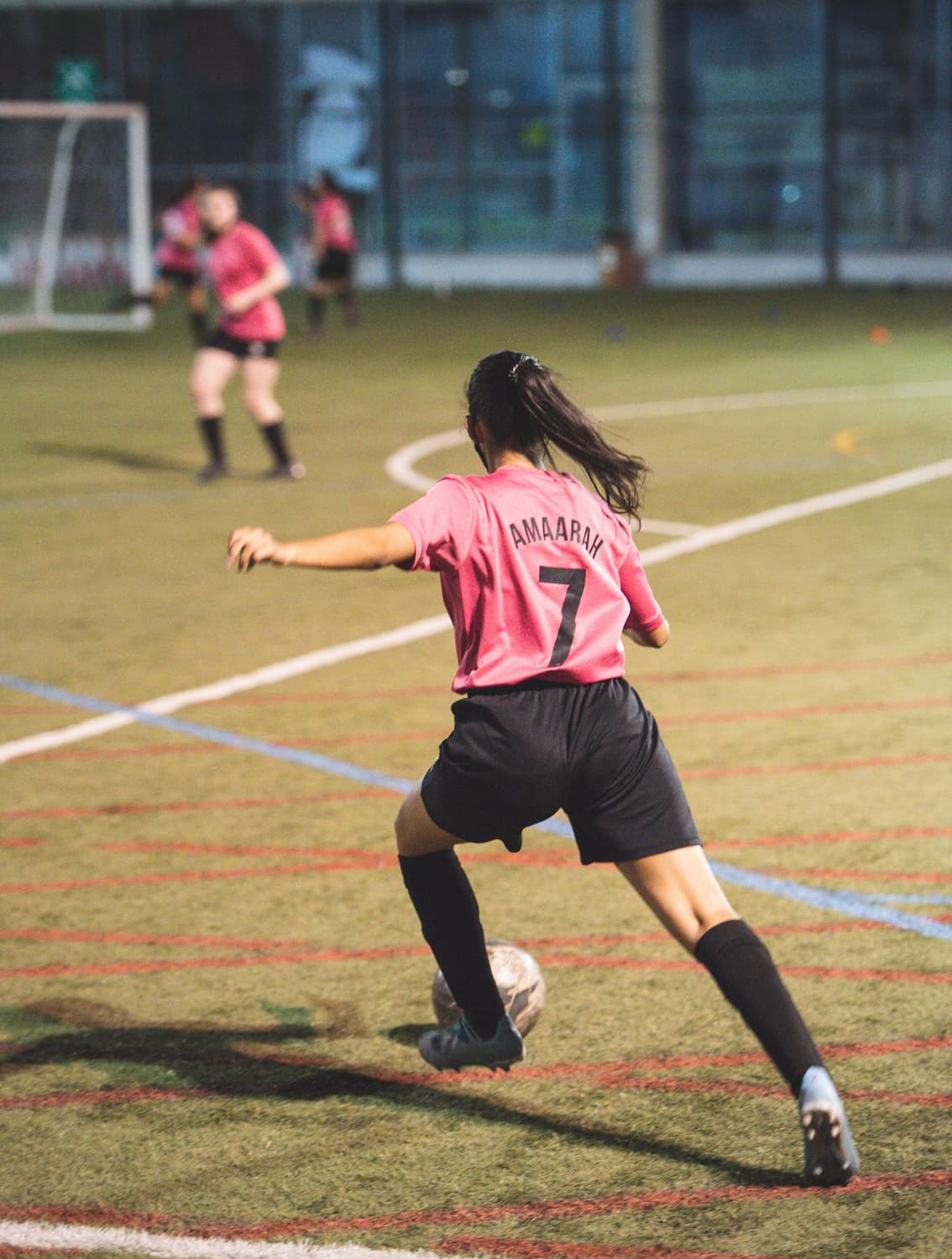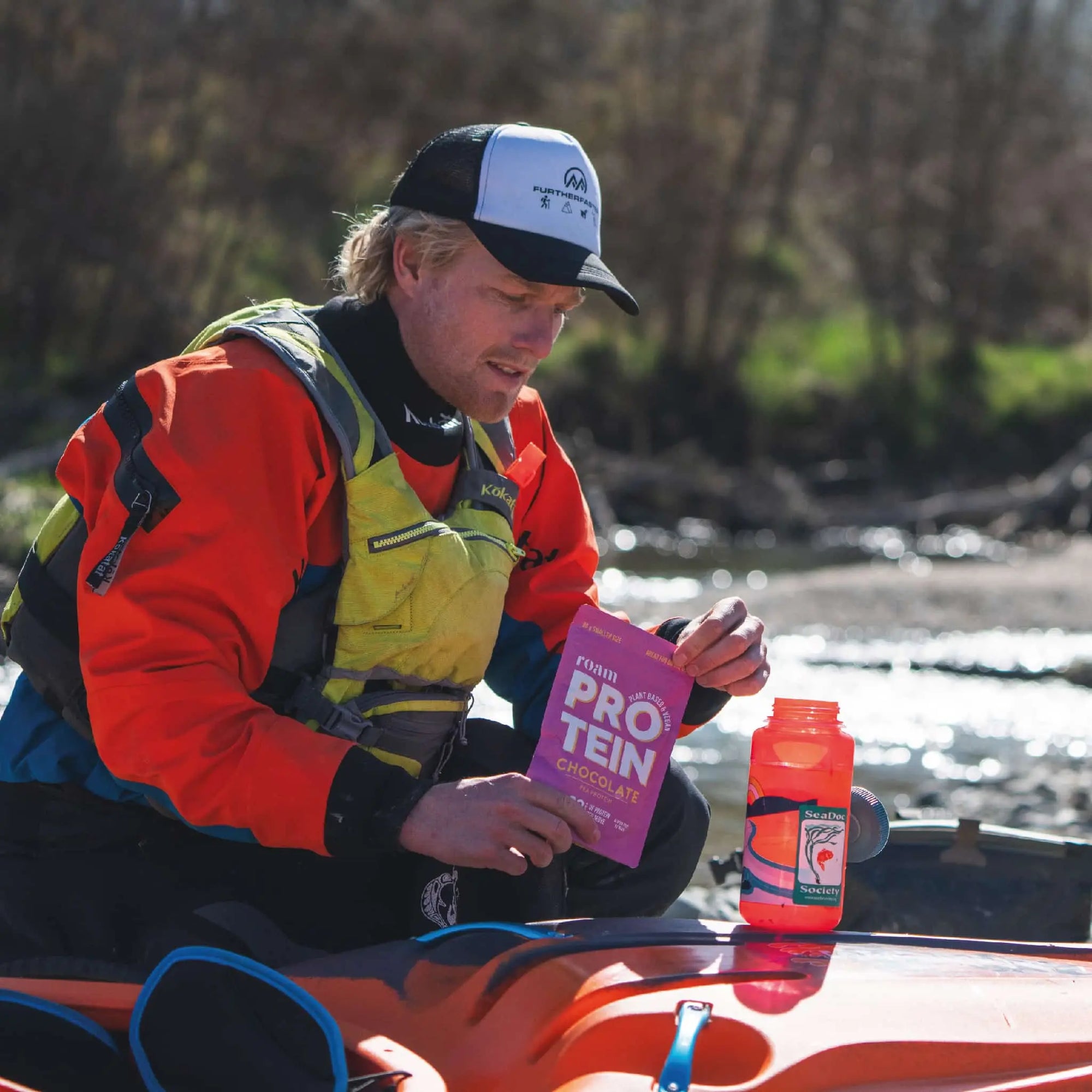Protein and Nutrition for Active Teenagers: A Guide for Parents
As a parent of an active teenager, you're likely aware that sports and physical activities come with their own set of nutritional challenges.
This article aims to provide you with practical information on how to meet the unique nutritional needs of young athletes, focusing on the importance of energy (calories) and protein.

Understanding growth and development in young athletes
Growth and development in young athletes occur in three main stages: infancy (ages 0 to 4), childhood (ages 5 to 12), and puberty (ages 13 to 18).
The puberty, or adolescent, period is crucial for establishing healthy eating habits and fostering a positive relationship with food, exercise, and body image.
Adolescents face the unique challenge of meeting increased nutrient and energy needs to support rapid growth, all while navigating changes in body composition and hormonal fluctuations. Understanding where your teenager falls within this growth spectrum is vital for tailoring their diet and training regimen appropriately.
It's important to note that teenagers of the same age can be at different stages of physical development, yet they often participate in sports with similar training demands. This discrepancy can heighten the risk of injuries, particularly in high-contact or high-intensity sports.
Skeletal Growth Velocity
The graph depicts skeletal growth velocity - the rate at which bones grow over a specific period of time. It is usually measured in centimetres per year (cm/year) and is often assessed during childhood and adolescence when rapid growth occurs.
The graph shows that girls and boys have a similar growth velocity in childhood. A growth spurt occurs in puberty with girls generally starting their growth spurt and attaining their peak height velocity about two years earlier than boys.

The importance of adequate energy
Active teenagers require more energy than their less active counterparts to fuel both their growth and athletic pursuits.
Determining the precise energy needs of a young athlete can be a complex task, but it's crucial to understand that the energy demands from physical activity and training often outweigh those associated with growth alone.
Young athletes that follow an intense training regime, or teens that play multiple sports, are at risk of low energy availability.
Low energy availability refers to a state where the body doesn't receive enough energy to support both basic physiological functions and the demands of training.
In the long term, this condition can have serious consequences, including delayed puberty, compromised bone health, and an elevated risk of injuries or disordered eating behaviours.
Athletes in sports that focus on weight or aesthetics, such as gymnastics or distance running, may be more susceptible to the risks associated with low energy availability.

Protein needs for young athletes
Unlike adults, who benefit from additional protein to aid with muscle recovery, teenagers require it for both muscle recovery and essential growth and development.
While the general recommendation for protein intake is less than 1g per kg of body weight per day, active teenagers may have elevated needs, ranging from 1.3 to 1.6g per kg/day. In later teenage years (age 16 to 18), additional protein may be required, based on your teens level of activity and the nature of their sport.
Inadequate protein intake can result in muscle loss and decreased energy levels, making it important for teens to have frequent meals or snacks that include high-quality protein throughout the day.
Choosing the right protein source
When it comes to convenient protein sources, Roam Protein offers a great solution. With 22g of protein per serving and made with just 5 ingredients, it's an excellent choice for active teenagers. We don't add any stimulants or other performance enhancing additives either.
Each batch of protein that we produce is independently tested at a laboratory in Melbourne, for over 250 substances that are banned by the World Anti-Doping Agency, so you can rest assured that your teen is consuming a high-quality product with no hidden ingredients.
Additionally, Roam Energy Nut Butter is a low-sugar snack made with almonds and cashews. It's perfect for an energy boost pre-training or a post game snack.

Practical Tips for Parents
1. Dietary Preferences: Consider whether your teenager eats meat and dairy, as these are good sources of protein. For vegetarians or vegans, plant-based protein sources like Roam Protein can be particularly beneficial to ensure they are consuming adequate protein.
2. Smoothies: Can be a great way to include more fruits and vegetables in your teenager's diet. Simply blend Roam Protein with their favourite fruits (and maybe throw in a sneaky veggie or two) for a nutritious smoothie.
3. On-the-Go Snacking: For busy families, convenience is key. Roam Energy Nut Butter offers a quick, low-sugar option that can be easily thrown into a gym bag.
4. Other Nutrition Tips: Check out our article on Swimming Nutrition for Teens for some helpful advice around hydration and carb-consumption during exercise (not just applicable for swimming).
Meeting the nutritional needs of an active teenager can be challenging but is crucial for their growth, development, and athletic performance. Protein plays a particularly important role, and products like Roam Protein and Roam Energy Nut Butter offer convenient and healthy options.
As always, for personalised advice, consult a healthcare provider to ensure that your young athlete is getting the nutrition they need to excel in their athletic pursuits.
References
Burke, L., Deakin, V., Minehan, M. et al. Clinical Sports Nutrition (2021). Chapter 18: Nutritional Issues for Young Athletes: Children and Adolescents.
Shop Roam

 The Ultimate Roamer Bundle
The Ultimate Roamer BundleThe Ultimate Roamer Bundle
Regular priceUnit price per$244.94 NZDSale price $190.00 NZD


 Trio Protein +Shaker – 90g Protein
Trio Protein +Shaker – 90g ProteinTrio Protein +Shaker – 90g Protein
Regular priceUnit price per$72.98 NZDSale price $55.00 NZD
 Energy Nut Butter - Mixed Pack
Energy Nut Butter - Mixed PackEnergy Nut Butter - Mixed Pack
Regular price $27.00 NZD+Unit price per







